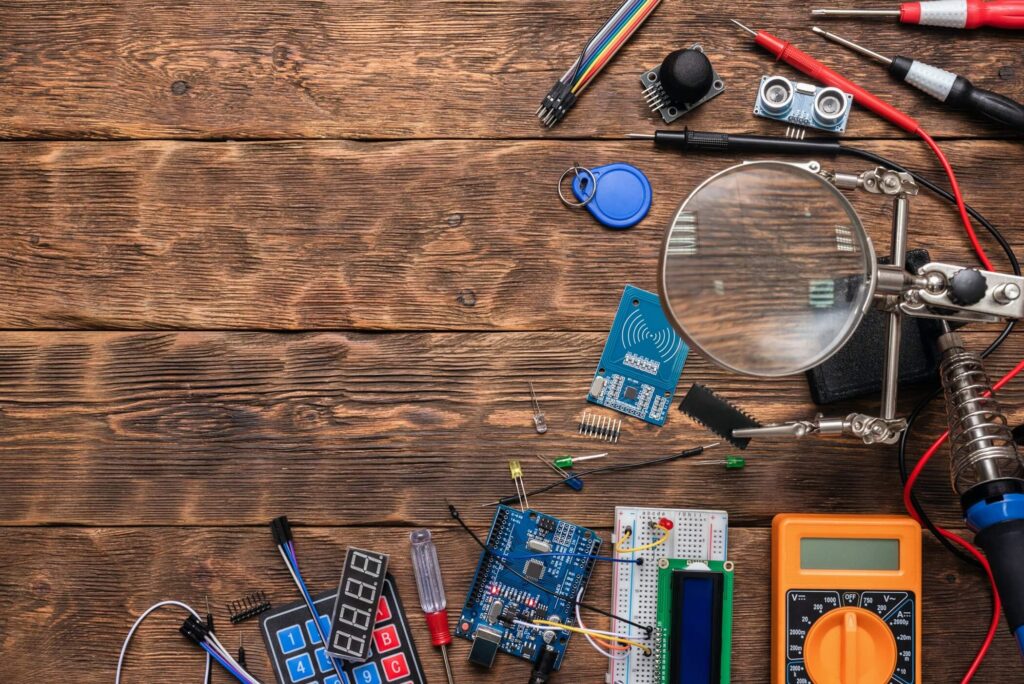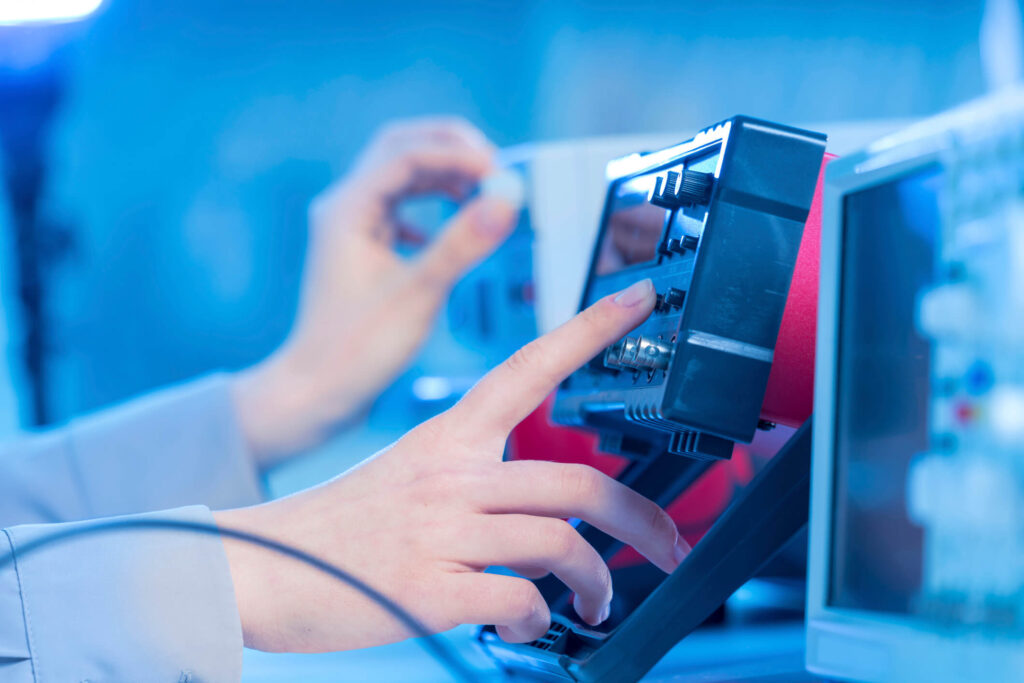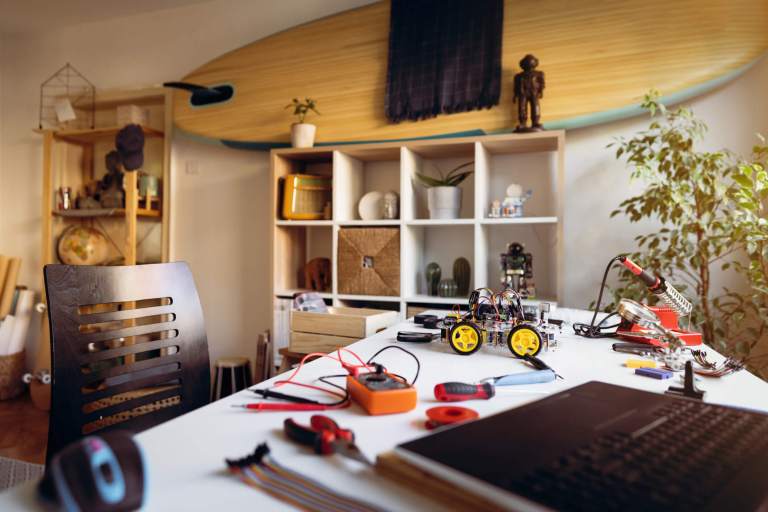Choosing appropriate test and measurement equipment is essential to the accomplishment of any electrical project. Whether you are an experienced engineer or just starting, the tools you select can have a big impact on how well you can design, debug, and validate your work. This guide will assist you in selecting the right equipment for your requirements.
1. Understand Your Project Requirements
It’s crucial to know exactly what you need for the project before you even begin to look for equipment. Consider the following enquiries:
- What particular aims and objectives does your project have?
- Which technical parameters—such as voltage, current, resistance, or signal quality—do you need to measure?
- Do you need to take any precautions against any hazards or challenges?
- What is the cost of the tools you need, and when will you acquire them?
You can reduce your alternatives and concentrate on the tools that will best meet the needs of your project by providing answers to these questions.
2. Compare Different Types of Equipment

Many test and measurement instruments are available in the field of electrical engineering, each with a distinct purpose in mind. Here are some typical equipment categories to take into account:
Multimeters
Bench or handheld multimeters are essential for measuring voltage, current, and resistance in circuits. They are also a cornerstone of any beginner’s toolkit. Main features:
- A clear display and resolution, making it easier to read and interpret.
- True RMS capabilities are essential for measuring AC signals accurately.
- Options to measure temperature and capacitance enhance versatility.
Recommended models:
Power Supplies
Power supplies provide stable voltage and current for testing and developing circuits. Opt for a switch-mode power supply (SMPS), which is lightweight and efficient, or benchtop power supplies that are used in product development labs by bench technicians, service technicians for training institutes, and general circuit testing. When choosing a power supply, consider the following factors:
- Ensure the output voltage matches the needs of your components or circuits.
- Check that the power supply can provide enough current (amperes) for your application without exceeding its rating.
Recommended models:
- Rohde & Schwarz NGC100 Power Supply
- RS PRO Digital, Bench Power Supply, 300W, 1 Output, 0 → 60V 0 → 5A
Oscilloscopes
Oscilloscopes visualise electrical signals over time, helping to diagnose issues in waveforms and signal integrity. A portable oscilloscope comes in rather handy for tasks involving signal analysis and troubleshooting. When choosing the right oscilloscope, consider the following factors:
- Ensure the bandwidth is sufficient for the frequencies you’ll be measuring. A general rule is to choose a bandwidth that is at least five times the highest frequency of interest.
- A high sample rate is crucial for accurately capturing fast signal changes. Look for at least 2-4 times the bandwidth in the sample rate (measured in GS/s).
- Having multiple channels allows you to analyse and compare different signals simultaneously, which is essential for many applications.
- Good triggering capabilities are vital for capturing specific events in your signals, helping to stabilise the waveform display.
- A clear, high-resolution display makes it easier to analyse waveforms and data, especially for complex signals.
Recommended models:
Spectrum Analysers and Signal Generators
Spectrum analysers measure the frequency and amplitude of signals, making them essential for identifying interference in communication systems. By evaluating the characteristics of the signals, these analysers facilitate troubleshooting and repair processes.
Signal generators, on the other hand, produce signals with specific characteristics, which are crucial for testing and analysis. They drive devices using various signals and frequencies, supporting design, testing, and troubleshooting efforts.
For users requiring greater mobility, handheld spectrum analysers are perfect. While their smaller size may mean fewer features, they provide significant advantages in terms of usability and convenience in the field.
Recommended products:
Comparing the features, benefits, and limitations of each type of tool is crucial to finding the right fit for your project.
3. Evaluate the Quality and Reliability of Tools

The accuracy and reliability of your measurements are paramount. To ensure you’re investing in quality equipment, consider the following factors:
- Calibration – check if the tools are calibrated against known standards, which is vital for accurate measurements.
- Certification – ensure that the equipment meets relevant safety and performance standards.
- Maintenance history – look into the maintenance schedule and history of the tools to confirm they are well cared for.
- Warranty– examine the warranty terms to understand the support you can expect if something goes wrong.
Additionally, to determine the credibility of the tools you’re considering, look for testimonials and advice from other experts in the subject.
4. Consider the Cost and Availability of Equipment
When choosing equipment, a number of important factors, including the budget, must be taken into account. Examine the upfront costs first, which include the purchase price plus any extra charges for delivery, installation, and training. Then, include recurring expenses for things like upkeep, calibration, and potential repairs. When it comes to expensive products that you might not require for a long time, renting can be a good option.
Furthermore, confirm that the instruments you need are easily accessible and can be supplied within the project’s time frame. Making an informed choice requires weighing these expenses against the needs of your project. By buying products at Distrelec, you can save money and time.
5. Additional Considerations
When choosing test and measurement equipment, there are a number of crucial considerations to take into account, in addition to technical characteristics. To find out how easy the tool is to use, it is essential to choose equipment that can be easily operated and include extensive documentation so that you and your team can utilise them efficiently. To make sure you have support in case problems develop, it’s also critical to look at the availability of support and service, including technical assistance, troubleshooting tools, and warranty claims. Think about your future needs as well. Purchasing equipment that will expand and adjust to your project’s needs will help you save money in the long run.
Conclusion
Selecting the appropriate test and measurement tools for your project is an important stage that can affect the dependability and calibre of your job. You can make well-informed judgments that will result in good outcomes by comprehending the needs of your project, comparing various kinds of equipment, assessing quality and reliability, accounting for expenses, and taking other elements into consideration. You’ll be ready to take on your electrical jobs with confidence if you have the correct tools.
For more comprehensive guidelines on the right tools for your workbench and electrical projects, read our article below on how to set up your own electronics lab.











